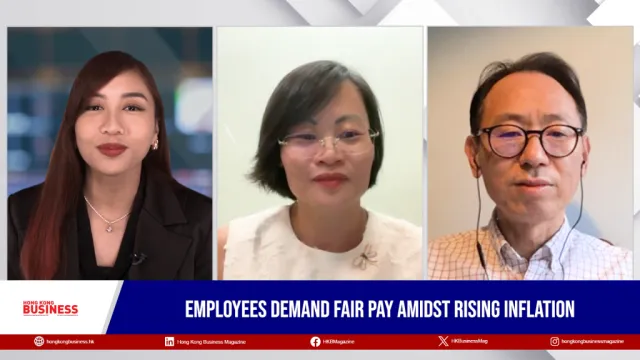
China's GDP may have surged 9.4% in 3Q11
It's time to scrap those thoughts of a hard landing in China as trade surplus for July and August totaled a whopping US$48.2b.
Here’s more from DBS:
| In light of mounting concerns over imminent threat of hard landing in China, the release of 3Q11 GDP growth will likely disappoint the bears. Real GDP is projected to advance 9.4% in 3Q, versus consensus estimates of around 9.3%. Our relative optimism stems from (1) Potential positive surprises from external trade; and (2) Steady advance of investment due to construction of social housing at full throttle. Although the European sovereign debt crisis started deepening as early as May, trade performance hitherto has been quite positive. Exports and imports for July and August combined advanced 22.4% YoY and 27.0% versus 22.1% and 23.1% in 2Q11 respectively. The sum of the trade surplus for these two months that totaled USD48.2bn is even higher than the whole of 2Q11 that amounted to USD46.2bn. Even exports to the EU are expected to perform better in 3Q than 2Q, as they had already advanced 22.3% YoY for July and August combined versus 16.6% in 2Q. Pent-up export demand in 3Q11 as a result of the earthquake in Japan earlier this year explains the robustness of the trade figures. Exports and imports are thus projected to grow 23.8% and 25.6% respectively in 3Q. Investment, which accounted for 54% of growth in 2010, will remain a key growth driver this year. While headline urban FAI growth has decelerated since May, real estate investment (accounting for more than a quarter of urban FAI) does not due to the acceleration of social housing construction. In fact, real estate investment growth has outpaced headline urban FAI growth since Jan10, and has grown 33% on average in the last three months. This trend helps buttressing FAI growth at 25% YTD at September. As far as private consumption is concerned, the resilience of nominal retail sales hovering steadily at the 17% threshold suggests inflation has not yet bitten seriously into consumption on the back of rising real wages nationwide. Or else retailers should shave already started cutting prices to lure consumer purchases. Private consumption thus should hold up reasonably well in 3Q11. Gradual slowing of the economy is an intended policy outcome. It is the result of an 18 month long monetary tightening program. Yet the battle against inflation is not over. Non-food inflation is running higher with each passing month and already averaged 3% in the past two months. Meanwhile, food inflation keeps rotating from one commodity to another with each passing month. As a result, the headline CPI in 3Q will average 6.3%, which is well over the 4% target set by PBOC and much higher than the current 1-year deposit rate at 3.5%. If policymakers want to beautify their tightening Anyway, one-year lending rate in real terms is even lower now than last year. Make no mistake - it is the persistent elevation of the reserve requirement ratio that succeeds slowing down M2 growth to potentially 13% in 3Q11. Along the way, it also helps choking off liquidity to businesses that reliant heavily on easy availability of cheap credit (mostly unhealthy property developers). The achievement of 9.4% growth in 3Q11 amidst a chaotic global environment is not an easy feat, suggesting a soft landing is in sight.expects positive surprises from the country’s external trade as trade surplus for July and August totaled a whopping US$48.2b. |



















 Advertise
Advertise









